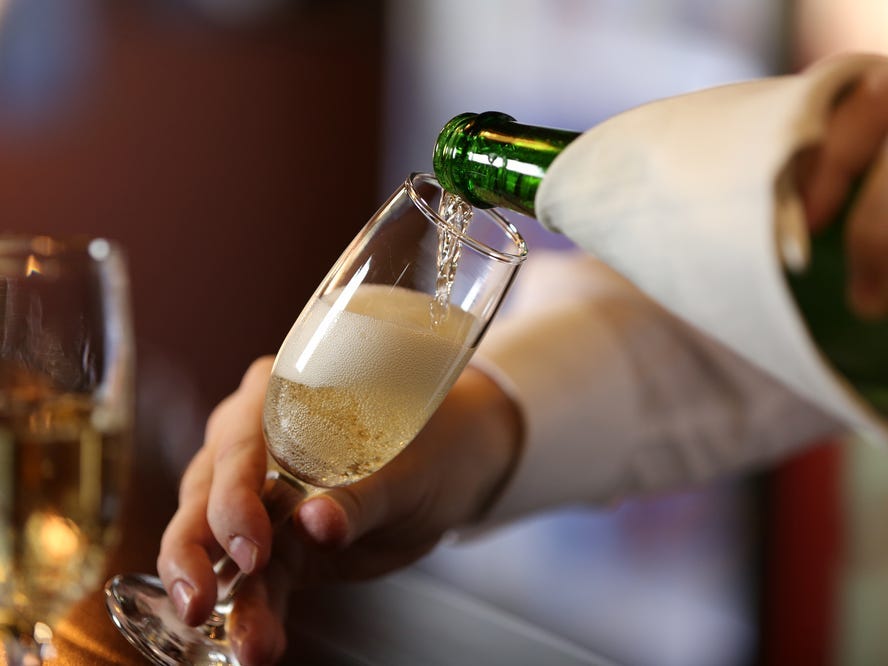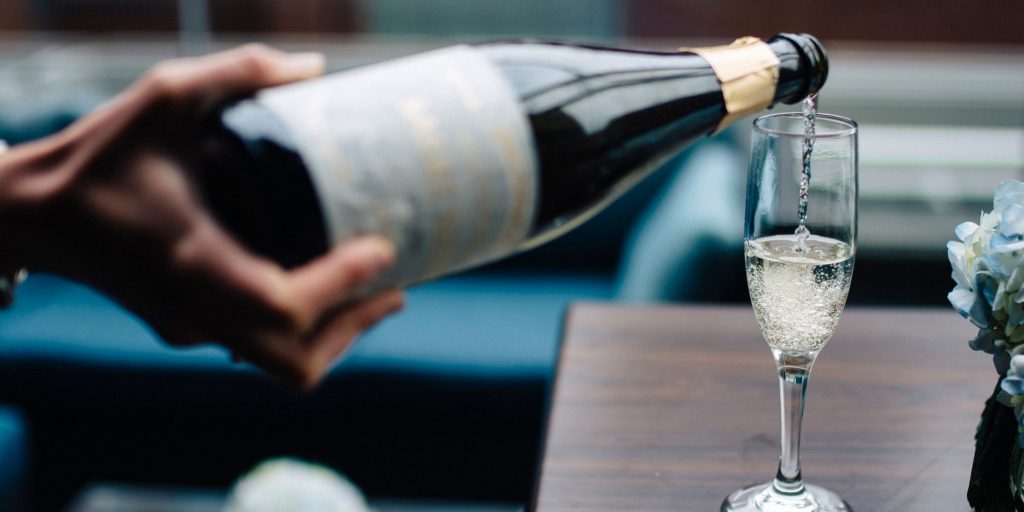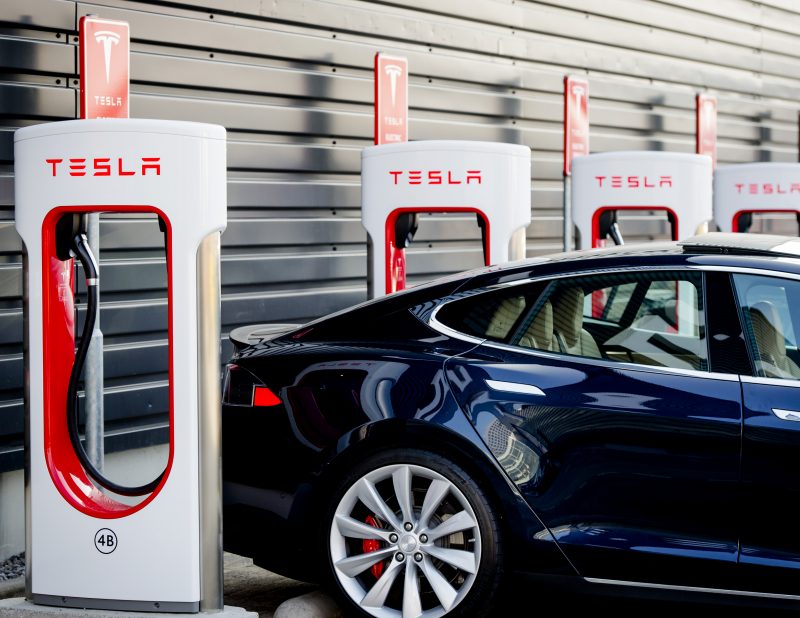
- When done properly, opening a bottle of Champagne won't make any noise.
- Remove the foil and the cage, then gently twist the bottle while holding the cork.
- Pour the Champagne into an angled glass to minimize foam.
- Visit Insider's Home & Kitchen Reference library for more stories.
In movies and TV shows, Champagne bottles are opened with a dramatic pop, usually with a stream of wine gushing out. Though the commotion can feel festive, that's actually not the best way to open Champagne bottles.
"Contrary to popular belief," says Adam Goddu, beverage manager at Stone's Throw Pizza in Richmond, Vermont, "the process should be fairly quiet. No one should even know you're opening it. I don't want any of my Champagne spilled on the floor."
1. Chill the bottle

According to Goddu, Champagne does not need to be drunk as cold as most of us drink it. "I tend to enjoy my Champagne at cellar temperature, which is between 50 to 55 degrees Fahrenheit," he says. When wine, including Champagne, is much colder than that, the flavor and complexity don't fully shine through.
That said, "drink Champagne at whichever temperature you enjoy," says Goddu.
Chilling the bottle also helps with the opening process. "An unchilled bottle is likely to explode on you," he says. If the bottle is not already cold, you can quickly chill by stopping up a sink or taking a bucket, filling it with ice, then topping it with water. Submerge the bottle in the mixture and it will be chilled within 10 minutes. You can also pop it in your regular fridge for a few hours before serving.
2. Remove the foil and cage

Use the pull tab to remove the foil. If you're having trouble with the foil, you can use a foil cutter, but the tab should generally suffice.
Untwist the braided wire of the cage encasing the cork, five to six times counterclockwise, while carefully applying pressure to the top of the cage with your thumb (so the cork doesn't shoot out). Pull off the cage and reapply pressure to the top of the bottle. If you're nervous about the cork shooting out, put a towel over the cork.
3. Remove the Cork

Grab the cork in one hand (over the towel, if you're using one) and the bottle with the other hand. It should be at about a 45-degree angle. Turn the bottle, never the cork for maximum control. Hold the cork down as it starts to push itself out from the bottle. "You should get a gentle fizzle, not a giant pop," says Goddu.
4. Pour

There's no need for overflowing glasses or for guests to get a full glass of foam. "Hold the glass at an angle, pouring the Champagne slowly into the side of the glass," says Goddu. You want to get as close to the glass as you can without touching the rim — pouring from higher up will make more foam.
Insider's takeaway
As with most things, the way to get good at opening Champagne bottles is practice. "The good news," says Goddu, is that "you don't need to wait for a fancy occasion to enjoy Champagne. Bubbly is for every occasion!"
Next time the occasion strikes, start by pulling the tab of a chilled bottle to remove the foil. Untwist the cage to remove it, then hold the cork down carefully while twisting the bottle at an angle so that it fizzles, rather than pops. When pouring, be sure to hold the glass at an angle and pour slowly onto the side of the glass to minimize foam or overflow.










